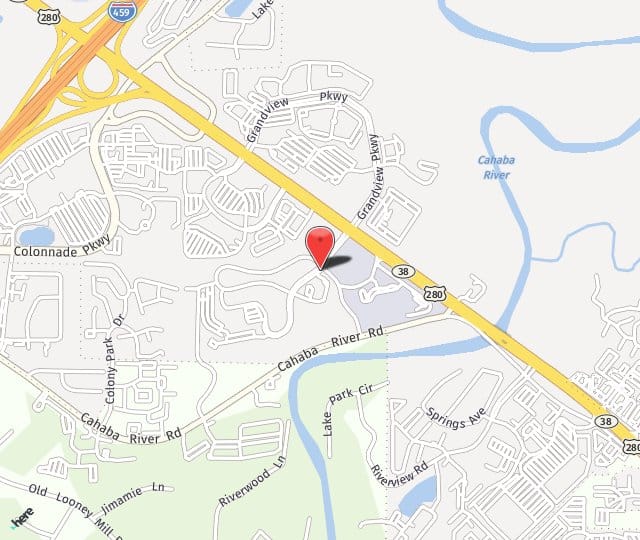Advances in technology have paved the way for modern atrial fibrillation therapy. With the introduction of these new technologies, doctors have begun to get a better understanding of the causes of A-fib and can now tailor their treatment modalities to best suit each individual patient. Many of these tools used individually, would only provide a small insight or gain. However, when combined and used in a cohesive unified effort, the doctor is provided a wealth of information that will lead to better outcomes and higher success rates.
Although the technologies used to assist with catheter ablation are constantly evolving, here are some of the tools that we currently employ for atrial fibrillation ablations:
- Transesophogeal Echocardiography (TEE) - provides a pre-operative look inside the four chambers of the heart. It is used to confirm that there are no clots present that may lead to a stroke once catheters are placed inside the chamber. Additionally, it helps the doctor confirm that the intra-atrial septum is intact and determine the chamber sizes prior to inserting a catheter.
- Intracardiac Echocardiography (ICE) — provides real time information about anatomy to facilitate the transseptal puncture (from the right atrium to the left atrium) and to guide catheter ablation.
- High-Density/Fidelity Electroanatomic Mapping System — Dr. Smith has synthesized all modalities of the mapping system to visualize heart structures in 3D creating a zero fluoroscopic ablation that prevents harmful X-ray to patients.
- PentaRay Mapping Catheter - used for the creation of the left atrial geometry and pulmonary veins and confirms that the pulmonary veins are electrically isolated after ablation.
- Esophogeal Temperature Probe - verifies the location and proximity of the esophagus to the left atrium and protects it against potential damage from the ablation catheter.
- SmartTouch Force Sensing Ablation Catheter - force sensing catheters have resulted in a safer, more effective ablations delivering radio frequency energy while moderating the temperature where the catheter contacts the heart tissue.
Catheter ablation techniques are also constantly evolving. Pulmonary Vein Isolation (PVI) continues to be the cornerstone of catheter ablation strategies for the treatment of paroxysmal atrial fibrillation. A PVI consists of lesion lines made around the opening of the pulmonary veins, then the doctor confirms that the veins are electrically isolated from the left atrium.
Patients who have persistent or long standing atrial fibrillation may also receive additional linear lines of ablation lesions that connect the PVI along the back, bottom, top and front of the heart. These lines may also be joined together to further segment the atrial tissue.

